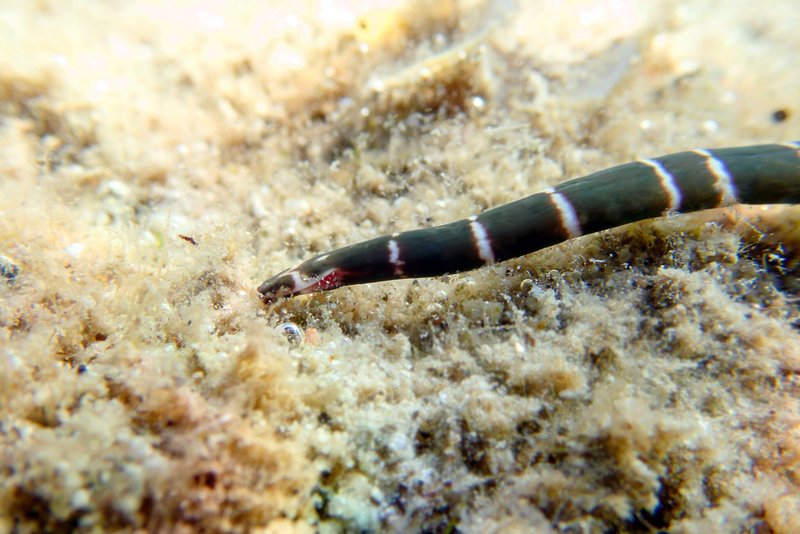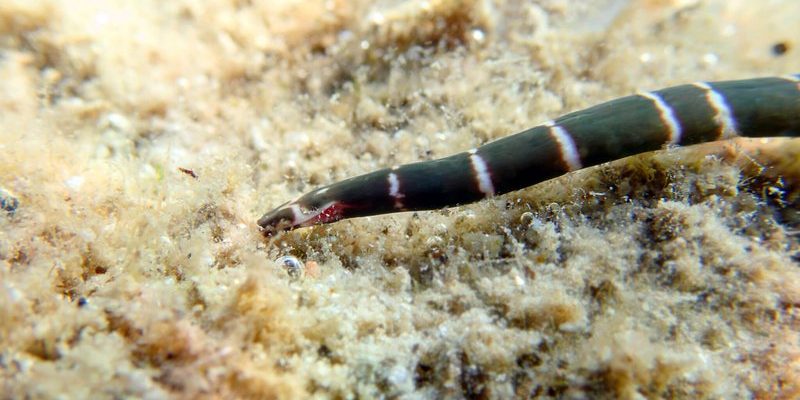
You might be wondering how something as seemingly small as a ribbon worm can impact such a massive environment. Well, here’s the thing: ribbon worms, with their long, slender bodies and unique feeding habits, interact with sediments in ways that help prevent erosion and promote stability. In this article, we’ll dive into the role ribbon worms play in ocean floor sediment stability and why this matters for the marine ecosystem.
What Are Ribbon Worms?
Ribbon worms, or Nemerteans, are fascinating marine creatures that belong to their own phylum. They can be found in diverse environments, from coastal areas to the deeper sea. These worms can range in size, with some stretching over a meter long! Their bodies are soft and flexible, resembling a ribbon or a long, thin tube, hence the name.
At first glance, they might not look like much, but these worms are quite remarkable. They’re equipped with a unique feeding structure called a proboscis. This organ can extend rapidly to capture prey like small fish and crustaceans. The way they hunt is almost like watching a magician pull a rabbit out of a hat—quick and surprising!
Beyond their impressive hunting skills, ribbon worms are significant players in their ecosystem. They help break down organic matter in the ocean floor, recycling nutrients back into the environment. This process is essential for the health of marine life. Without creatures like ribbon worms, the ocean floor would struggle to support the diversity of life we see today.
The Role of Ribbon Worms in Sediment Stabilization
So, how exactly do ribbon worms contribute to sediment stability? It all comes down to their behavior and the way they interact with their environment. When they burrow into the ocean floor, they help aerate the sediment, which is vital for the health of other organisms that live in that environment.
Here’s a picture for you: imagine a gardener tilling the soil in your backyard. By loosening the earth, they allow air, water, and nutrients to flow better, promoting healthier plants. Ribbon worms do something very similar. As they tunnel, they create channels in the sediment that prevent it from becoming compacted and overly dense, which can lead to erosion.
Moreover, their feeding habits also play a crucial role. As they consume organic material, they break it down into smaller particles, which can further bind with the sediments. This action helps lock the grains together, creating a more stable structure that can resist the forces of water and currents that would otherwise wash away loose sediment.
Why Sediment Stability Matters
Now that we know how ribbon worms help stabilize sediments, let’s explore why this is important. The stability of the ocean floor has a direct impact on the overall health of marine ecosystems. When sediment is stable, it provides a safe habitat for many organisms, including fish, crustaceans, and mollusks. These creatures rely on a secure environment for breeding and feeding.
Additionally, stable sediments are crucial for water quality. When sediment is disturbed, it can release toxins and nutrients that contribute to problems like algal blooms. These blooms can deplete oxygen in the water, leading to dead zones where aquatic life cannot survive. By preventing erosion and maintaining sediment integrity, ribbon worms help protect the broader ecosystem from these harmful effects.
Think of it like a living house foundation. If the ground beneath a home is solid, the structure can flourish. But if that foundation crumbles, everything collapses. The health of the ocean floor acts in a similar manner, ensuring that all forms of life can thrive.
Environmental Changes and Their Impact on Ribbon Worms
As essential as ribbon worms are, they’re not impervious to change. Environmental shifts due to climate change, pollution, and habitat destruction can significantly affect their populations and behaviors. Higher water temperatures and acidification can lead to stress and even death in marine organisms, including ribbon worms.
Habitat degradation, such as the destruction of coastal wetlands where many ribbon worms thrive, can also threaten their existence. The loss of these critical habitats not only affects ribbon worms but also the countless species that depend on a stable sediment environment.
This situation serves as a reminder of how interconnected our ecosystems are. When one species faces challenges, it can create a ripple effect throughout the food web. Protecting ribbon worms is vital not just for their survival but for maintaining the health of our oceans as a whole.
Research and Conservation Efforts
Recognizing the importance of ribbon worms and their role in sediment stability, researchers and conservationists are stepping up their efforts. Studies are being conducted to learn more about their biology and ecological functions. This research is crucial for developing strategies to protect these creatures and their habitats.
Efforts to conserve coastal habitats, like mangroves and salt marshes, indirectly benefit ribbon worms by ensuring they have a secure living environment. Additionally, responsible fishing practices and pollution control can help maintain the balance of marine ecosystems, giving ribbon worms a better chance to thrive.
By supporting these conservation efforts, you’re not just helping ribbon worms; you’re contributing to the overall health of the ocean. Every small action counts, from reducing plastic use to supporting sustainable seafood choices.
Ribbon worms may not be the most glamorous creatures in the ocean, but they play a vital role in maintaining sediment stability and supporting marine ecosystems. By understanding how they work and why they matter, we can appreciate the intricate web of life that exists beneath the waves.
Next time you think about the ocean floor, remember the ribbon worms and their hard work. They remind us that even the smallest organisms can have a significant impact on the health of our planet. Protecting these creatures isn’t just about saving one species—it’s about preserving the entire marine environment for future generations.

